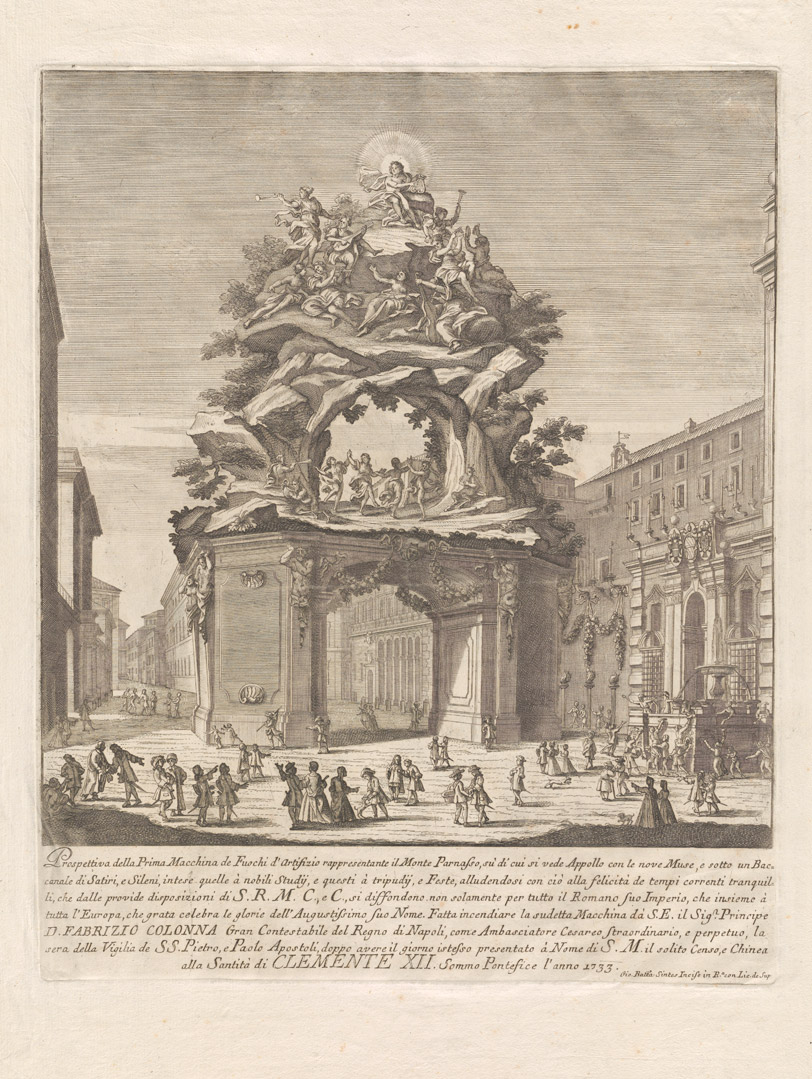How do you solve a problem like a foldout?
December 13, 2013 by lelgin | 5 Comments
When assessing how to photograph a book, we must first make several determinations. The key to photographing books well – by which I mean providing well-lit images, in good focus, without damaging the book or its pages – is to provide as much support as possible to both the book itself (especially the spine) as well as to each individual page. Evaluating the needs of a book requires that we look at the following criteria:
- Size of book
- Condition of book and its pages
- Characteristics of leaves (plates, text, foldouts or tipped-in pages)
Smaller books in good condition are photographed on a glass cradle that allows us to hold the book open for optimal photography, but supports the spine and keeps the book in good condition. Larger or more fragile books are shot on a wooden cradle, which supports the book and its spine without putting any pressure on the pages. This requires additional work to get each page flat; some curvature is acceptable, but too much creates focus problems so we often add foam supports under parts of a page to keep it even.
This is a page with a small, minor foldout. Set in the wooden cradle, you can see the book as it’s shot, the nook that the book and page fit into with full support beneath them, and finally, the wood and foam supports that made it all possible.
Then we have books that hit the challenging-to-shoot trifecta: they are oversize, have some element of fragility to them, and the plates involve spreads or foldouts that require even more supports and careful handling (and a sharp eye on even lighting and focus). I spent the past couple of weeks photographing just such a book: an oversize book of engravings that is in generally good condition, but whose spine required a bit of extra support. Luckily, each individual page was thick and in good condition, and the sharp, meticulous engravings made it easy to confirm focus. The majority of the book involved one-page plates, some two-pages spreads, and a handful of foldouts.
One of the foldouts was very large: 20″ x 46″ in total. In order to have decent lighting and any sort of viable resolution, the foldout had to be shot in sections, to be stitched together afterwards. Each section needed to be centered on the platform, at the same distance away from the camera and with no changes to the lighting or focus. The real challenge was to meet these requirements while supporting the book and each section of the foldout. After meeting with our Materials Conservator (the first step in any kind of endeavor like this), she gave me a great plan to make this happen: after the first shot (the part closest to the spine), I set up the book cradle on a book truck, slowly moved it backward to allow the foldout to unfold, and photographed each flat section. As the page opened up and was no longer supported by the pages beneath it, I used Foamcore to keep a level, stable support for the foldout. I also leaned the unfolded parts of the pages against a foam support and kept it in place with a lead rope, to ensure the paper remained intact. Below are the step by step shots (save the final one, which required me to hold some of the foldout closed while taking the photograph with the foot pedal).
And then we have the final, fully stitched foldout. I did keep a reference shot with the color target, just to be safe.






